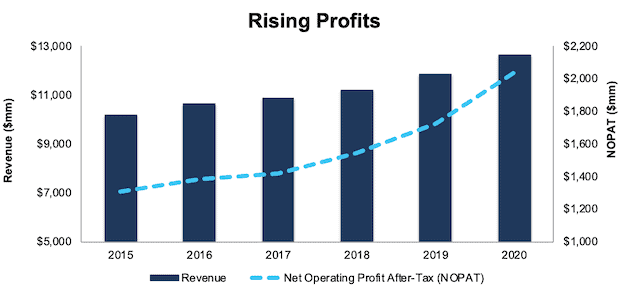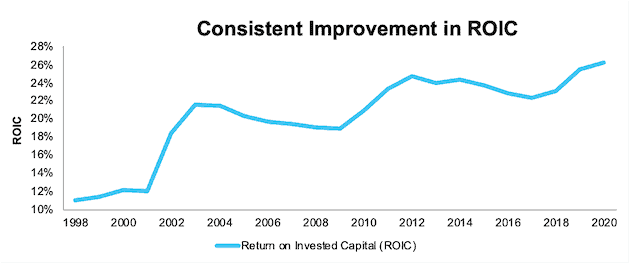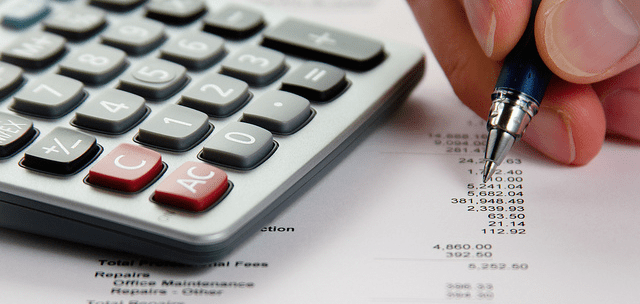Two new stocks make November’s Exec Comp Aligned with ROIC Model Portfolio, available to members as of November 13, 2020.
Recap from October’s Picks
Our Exec Comp Aligned with ROIC Model Portfolio (+0.4%) underperformed the S&P 500 (+2.6%) from October 15, 2020 through November 11, 2020. The best performing stock in the portfolio was up 14%. Overall, 5 out of the 15 Exec Comp Aligned with ROIC Stocks outperformed the S&P from October 15, 2020 through November 11, 2020.
Only our research utilizes the superior data and earnings adjustments featured by the HBS & MIT Sloan paper,"Core Earnings: New Data and Evidence.” The success of this Model Portfolio highlights the value of our Robo-Analyst technology[1], which scales our forensic accounting expertise (featured in Barron’s) across thousands of stocks.
This Model Portfolio only includes stocks that earn an Attractive or Very Attractive rating and align executive compensation with improving ROIC. We think this combination provides a uniquely well-screened list of long ideas because return on invested capital (ROIC) is the primary driver of shareholder value creation.[2]
New Stock Feature for November: AutoZone (AZO: $1,134)
AutoZone is the featured stock in November’s Exec Comp Aligned with ROIC Model Portfolio.
We recently made AZO a Long Idea in November 2020, and prior to that, in March 2020, and February 2014. Since our original report, the stock is up 110% while the S&P 500 is up 95% over the same time.
AutoZone has grown revenue by 4% compounded annually since 2015 and net operating profit after tax (NOPAT) by 9% compounded annually over the same time, per Figure 1. NOPAT margin increased from 13% in 2015 to 16% in 2020.
Figure 1: Consistent NOPAT Growth

Sources: New Constructs, LLC and company filings
Performance-Based Pay Properly Incentivizes Executives
AutoZone’s executive compensation plan aligns executives’ interests with shareholder’s interests by tying compensation to return on invested capital. Specifically, executive’s annual cash invectives are contingent on improving ROIC and earnings before interest and taxes.
AutoZone’s inclusion of ROIC as a performance goal has led to consistent improvement in ROIC. Per Figure 2, AutoZone’s ROIC has improved from 11% in 1998 to 26% in 2020.
Figure 2: Long-term Improving ROIC: 1998-2020

Sources: New Constructs, LLC and company filings
AZO is Undervalued
At its current price of $1,134, AZO has a price-to-economic book value (PEBV) ratio of 0.6. This ratio means that the market expects AutoZone’s NOPAT to permanently decline by 40%. This expectation seems overly pessimistic for a firm that has grown its NOPAT by over 9% compounded annually over the past two decades.
Even if AutoZone’s NOPAT margin falls to 14% (vs 16% TTM) and the firm grows NOPAT by just 2% compounded annually over the next 10 years, the stock is worth $2,017/share today – a 78% upside. See the math behind this reverse DCF scenario.
Critical Details Found in Financial Filings by Our Robo-Analyst Technology
As investors focus more on fundamental research, research automation technology is needed to analyze all the critical financial details in financial filings as shown in the Harvard Business School and MIT Sloan paper, "Core Earnings: New Data and Evidence”.
Below are specifics on the adjustments we make based on Robo-Analyst findings in AZO’s 2020 10-K:
Income Statement: we made $517 million of adjustments, with a net effect of removing $305 million in non-operating expenses (2% of revenue) You can see all the adjustments made to AZO’s income statement here.
Balance Sheet: we made $2.7 billion of adjustments to calculate invested capital with a net decrease of $1.2 billion. One of the largest adjustments was $354 million in other comprehensive income. This adjustment represented 4% of reported net assets. You can see all the adjustments made to AZO’s balance sheet here.
Valuation: we made $11.1 billion of adjustments with a net effect of decreasing shareholder value by $8.6 billion. Apart from total debt, the largest adjustment to shareholder value $1.3 billion in excess cash. This adjustment represents 5% of AZO’s market cap. See all adjustments to AZO’s valuation here. Despite these subtractions from shareholder value, AZO remains undervalued.
This article originally published on November 20, 2020.
Disclosure: David Trainer, Alex Sword, and Kyle Guske II receive no compensation to write about any specific stock, style, or theme.
Follow us on Twitter, Facebook, LinkedIn, and StockTwits for real-time alerts on all our research.
[1] Harvard Business School features the powerful impact of our research automation technology in the case New Constructs: Disrupting Fundamental Analysis with Robo-Analysts.
[2] This paper compares our analytics on a mega cap company to Bloomberg and Capital IQ (SPGI) in a detailed appendix.
